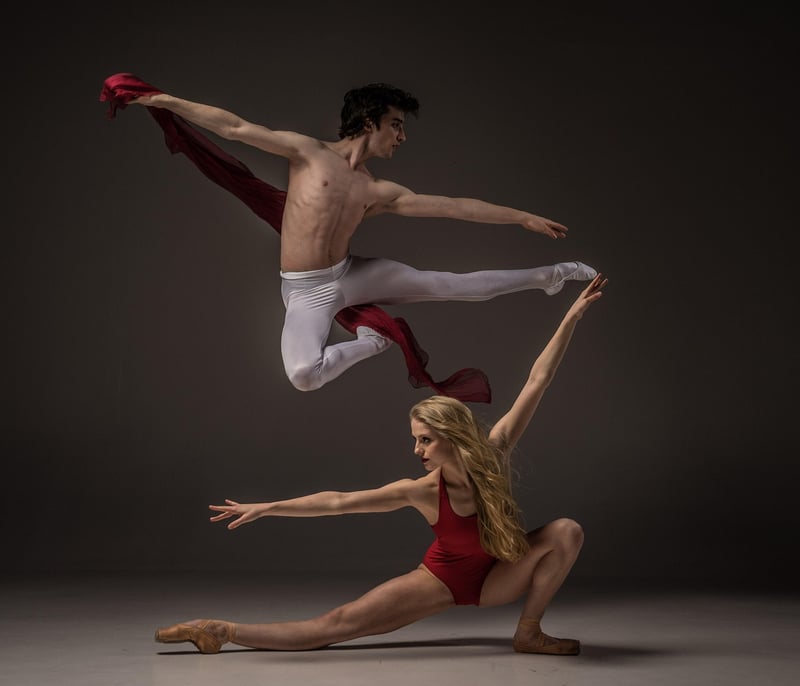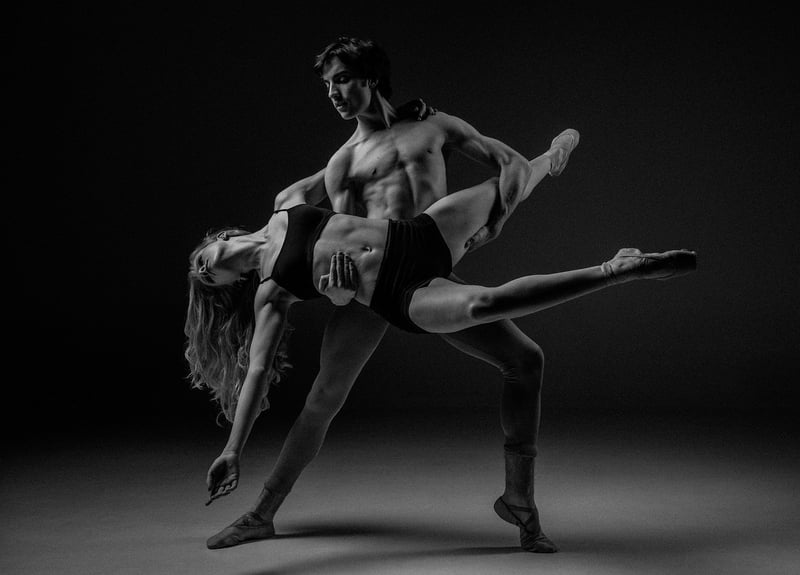Ballet Dance
The Art of Expressive Movement in Ballet Dance
Ballet dance is a timeless art form that combines grace, strength, and expressive movement. It is a discipline that requires years of dedicated practice and training to master. One of the key elements that sets ballet apart is its emphasis on storytelling through movement. Dancers use their bodies to convey emotions, tell narratives, and captivate audiences with their artistry.
Expressive Movement in Ballet
Expressive movement in ballet is about more than just executing steps and movements correctly. It is about infusing each gesture, each step, with emotion and intention. Dancers must embody the characters they portray, whether it's a swan princess, a tragic heroine, or a whimsical fairy.
Through subtle nuances in posture, hand gestures, facial expressions, and fluidity of movement, ballet dancers bring characters to life on stage. They communicate joy, sorrow, love, and despair through their bodies, creating a powerful connection with the audience.
The Importance of Storytelling
Storytelling is at the heart of ballet. Whether performing classical works like "Swan Lake" and "The Nutcracker" or contemporary pieces, dancers use movement to convey narratives and evoke emotions. The audience is transported to different worlds and immersed in the drama unfolding on stage.
By mastering expressive movement, dancers can elicit a range of emotions from the audience, creating a truly immersive experience. The subtlest of gestures can speak volumes, leaving a lasting impression on those who witness the performance.
Embracing Creativity and Individuality
While ballet has a rich tradition and a set repertoire of classic works, it also allows for creativity and individuality. Dancers bring their unique interpretations to roles, infusing them with personal style and flair. This blend of tradition and innovation keeps ballet relevant and exciting for modern audiences.
Expressive movement in ballet is a deeply personal form of artistic expression. It requires not only technical skill but also emotional depth and a willingness to be vulnerable on stage. Through dedication and passion, dancers can create moments of beauty and magic that resonate with audiences long after the final bow.

In conclusion, expressive movement is a cornerstone of ballet dance, allowing dancers to communicate stories, emotions, and experiences through their art. By mastering the art of expressive movement, dancers can captivate audiences, evoke powerful emotions, and create moments of pure magic on stage.
Whether you're a seasoned ballet aficionado or new to the world of dance, experiencing the beauty and power of expressive movement in ballet is an unforgettable experience that will leave you in awe of the human capacity for creativity and expression.
